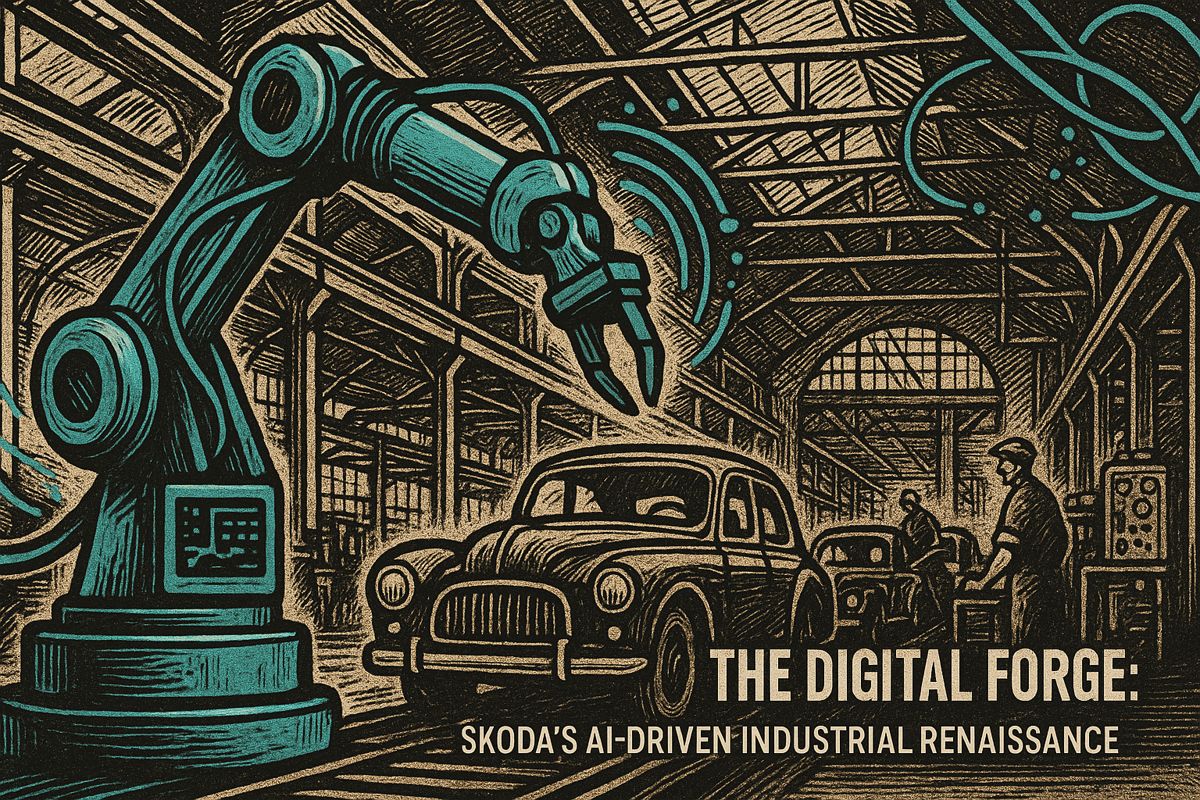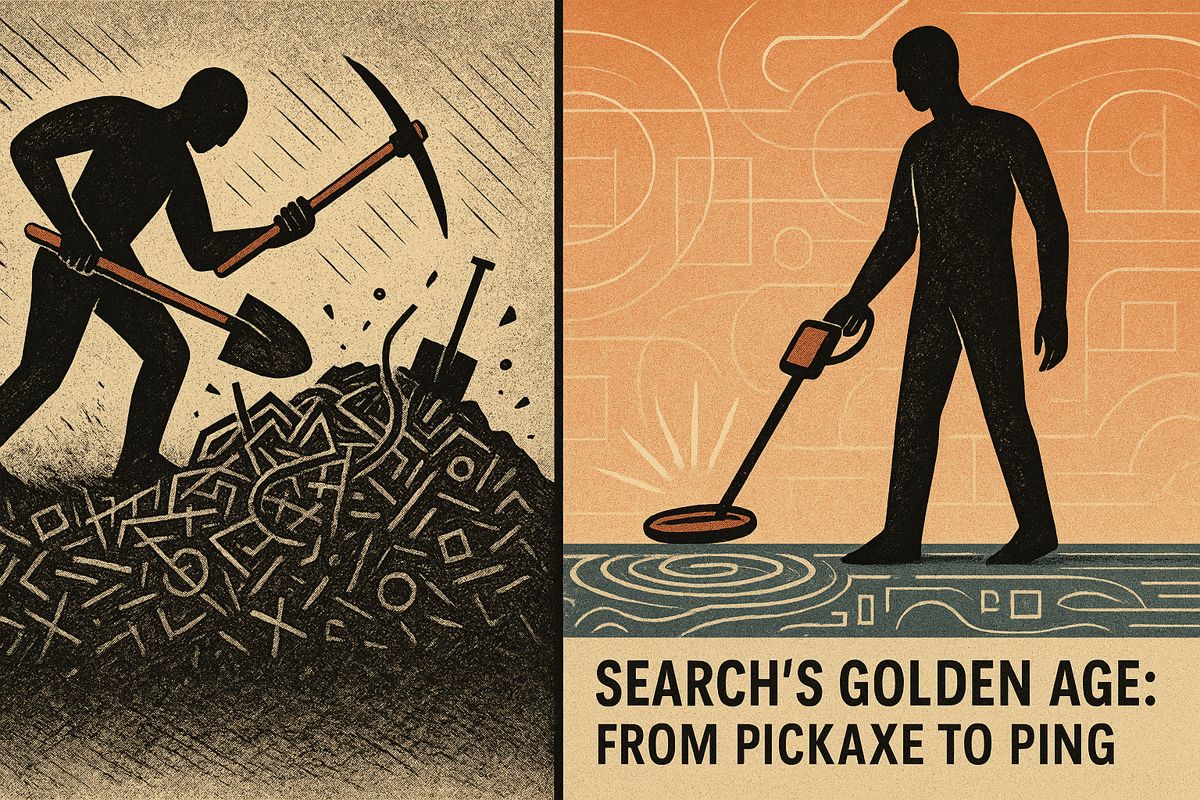Škoda Auto has bravely thrown out the old factory ways, embracing a dazzling digital future. They’ve woven smart AI, watchful sensors, and clever virtual twins into every step, making sure machines whisper their troubles before they roar. This brilliant dance of tech has slashed breakdowns by over 30%, painting a picture of smooth, speedy production. The dusty scent of oil is vanishing, replaced by the crackling energy of a factory where humans and smart robots work together, creating cars with a lively, fresh heartbeat. It’s a bright new dawn where every hum and whir tells a story of progress and precision.
How has Škoda Auto transformed its manufacturing with digitalization?
Škoda Auto has undergone a significant digital transformation, integrating AI, predictive maintenance, and live analytics into its factory operations. This has led to a more efficient, data-driven manufacturing process, reducing unplanned downtime by over 30% and enhancing overall production quality and agility. Digital twins and autonomous robots play a key role.
From Oil-Stained Memories to a New Reality
The smell of machine oil used to linger in my nose for hours after a visit to an industrial park in Brno. I close my eyes, and it’s as if I can hear the echo of stamping presses and see the dawn shift stumble in, shadows stretching across concrete floors. Nostalgia? Not quite. Škoda Auto’s digital leap isn’t a mere update – it’s a tectonic shift. I remember a friend, Jan, who worked the graveyard shift at a Stellantis plant and swore that the conveyor belt picked the worst moments – always Friday nights – to freeze and leave everyone stranded. Could those breakdowns have been predicted? Apparently, yes. That’s what Škoda claims, and the evidence feels more real than the steel clanging on those old lines.
I’ll admit, part of me still half expects a robot to trip over its own wheels. But Škoda’s new regime isn’t sci-fi. It’s pragmatic, even elegant in its complexity.
The Core of Change: Data, AI, and a Dash of Grit
What’s different? Škoda Auto has threaded together AI, predictive maintenance, and live analytics into every artery of its Mladá Boleslav plant. “No process without AI,” they say, and for once, it doesn’t sound like bluster. The line between human and machine is blurring, not in the uncanny valley way, but more like a jazz band where everyone improvises. SAP Hana crunches through oceans of data, while digital twins – virtual mirrors of real production lines – let engineers run risky experiments in a sandbox where the worst outcome is simply… a reset button.
If you listen closely, you’ll hear a whirring—maybe it’s those autonomous robots ferrying parts with clinical precision. Not humanoids, mind you. Škoda’s robots are utilitarian, more like Czech trams than C-3POs. The sensory detail hits you on the floor, where the old clang of a dropped wrench is replaced by the soft bleep of a robot docking for recharge. It’s progress, with a heartbeat.
Predicting Trouble Before it Strikes
Predictive maintenance is the secret sauce. Sensors embedded in every machine whisper constant updates. The AI listens, patient and uncomplaining, like a chess grandmaster waiting for an opponent’s slip. When a vibration spikes or a motor’s heat creeps above threshold, the system signals for maintenance before disaster strikes. I felt genuine relief reading about this. Fewer breakdowns. Fewer Saturday nights ruined by emergency calls. That’s not just efficiency. That’s peace of mind.
The numbers are granite-solid: in 2024, Škoda reported €27.8 billion in sales, and unplanned downtime at its main plant has fallen by more than 30% (according to their press release). I almost want to call it magic, but I know it’s just relentless coding and dogged sensor calibration. There was a time when I would’ve doubted these gains. Once, I dismissed a demo at a Siemens booth as marketing fluff. I was wrong – and I’m happy to admit it. There’s joy in learning, even if it means eating humble pie.
Power to the People: Digital Mastery on the Line
What humbles me most, though, is the human side. Workers aren’t just pushing buttons or waiting for breakdowns anymore. They’re building dashboards—some in Python, some with simple drag-and-drop tools—turning data into insight faster than a manager can finish his coffee. Is this the future of labor? I think it might be. There’s a new flavor of autonomy on the floor; a crackling energy, almost like static, animates the teams.
It isn’t just talk either. Quality control catches defects before they hit the end of the line. Logistics flows adapt in real time. Even new models like Enyaq and Elroq, poster children for Škoda’s electric push, benefit from these changes. And I can’t help but feel a little envy—if only these tools had been around back in Jan’s day, maybe we’d have fewer stories about impromptu coffee breaks during unplanned stoppages…
It’s messy, imperfect, a little too data-obsessed perhaps. But it’s real. The reinvention isn’t just in the tech, but in the very way people show up to work. Digitalization seeps from shop floor to showroom and, for once, the future smells less like oil and more like the crisp ozone after a thunderstorm. Bam. That’s progress.



















